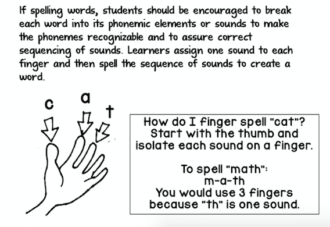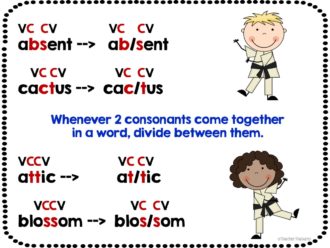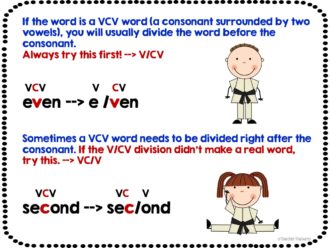If your students are beginning to read words with more than one syllable, you need to introduce syllable division rules. Understanding how to divide a word into syllables gives the reader clues about the vowel sounds in the word and unlocks secrets to pronunciation. Having an attack strategy when encountering a multisyllabic word is important. When a reader confidently approaches words, less brain power is spent trying to comprehend what is being read. Having confidence is an important key to reading success!
I detailed how excited I was when I finally realized I had learned the secret to transitioning students along the Emergent Reader to Transitional Reader path.
Use the basic rules of syllabication to read and spell new words. Learn strategies for pronouncing unknown words in order to build new vocabulary.
It is essential that students learn strategies that help them figure out what sound the vowel is making in a word. This enables them to blend the correct phonemes that are associated with the letters in the word they are reading. Learning the different syllable types or patterns is a systematic way of helping them do this.
This helps develop their decoding skills and ultimately their word recognition skills, enabling them to build a bank of instantly recognized words.
I always begin with one-syllable words and move to more complex words as students master each syllable types.
Familiarity with syllable patterns helps students to read longer words accurately and fluently and to solve spelling problems.
By learning the syllable types and the rules for dividing words, students are able to solve unfamiliar words and increase their vocabularies.
1. How many vowels do you see?
2. Are they together or apart?
3. How many syllables will there be?
1. Closed Syllable (CVC)
A closed syllable ends with a consonant. The vowel has a short sound. Examples: cab-in, nap-kin, trum-pet
2. Open Syllable (CV)
An open syllable ends with a vowel. The vowel has a long sound. The long sound of the vowel is usually the name of the vowel.
Examples: pho-to, re-ply, ti-ger






